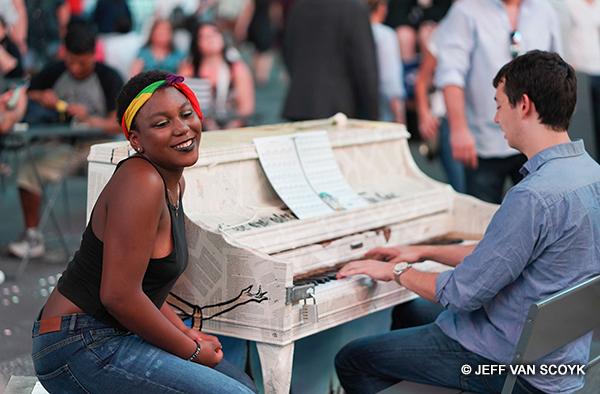Pro Techniques
Sort By: Post Date TitlePublish Date
|
Mar 01, 2024
|
Feb 27, 2024
|
Feb 22, 2024
|
Dec 08, 2023
|
Jul 14, 2023
|
Jun 23, 2023
|
Jun 22, 2023
|
Jun 20, 2023
|
Nov 28, 2022
|
Oct 28, 2022
















